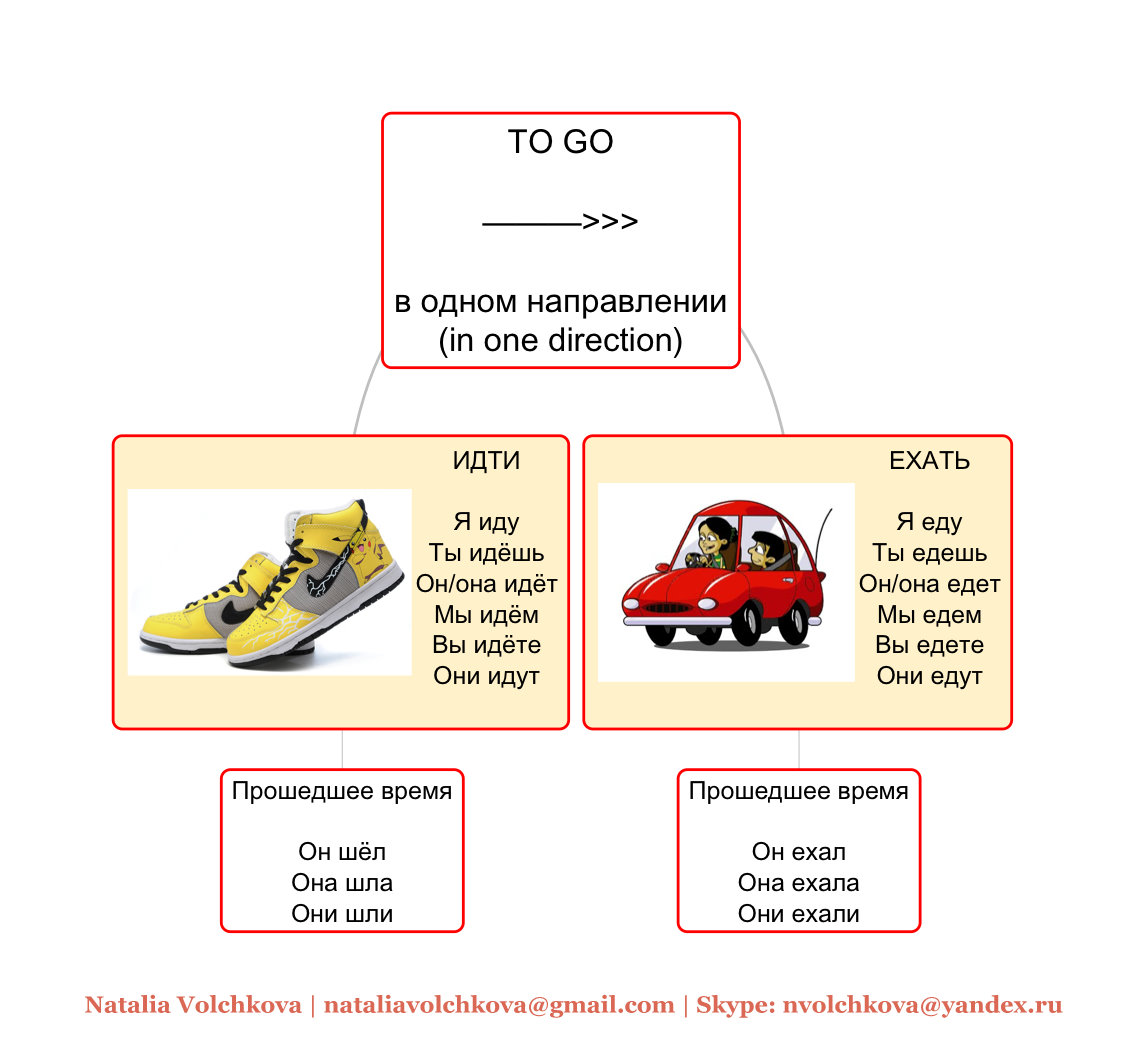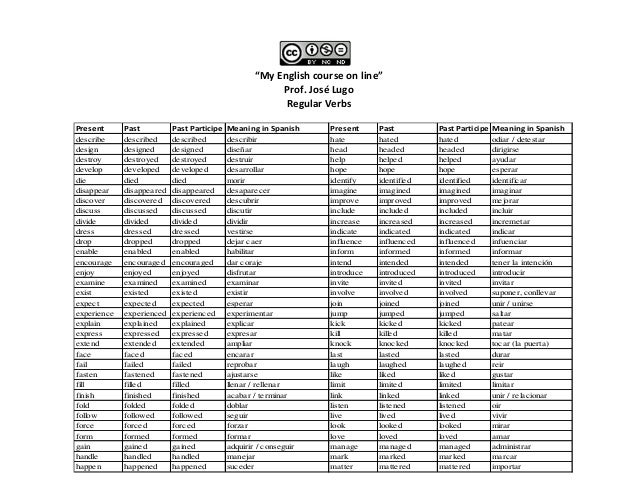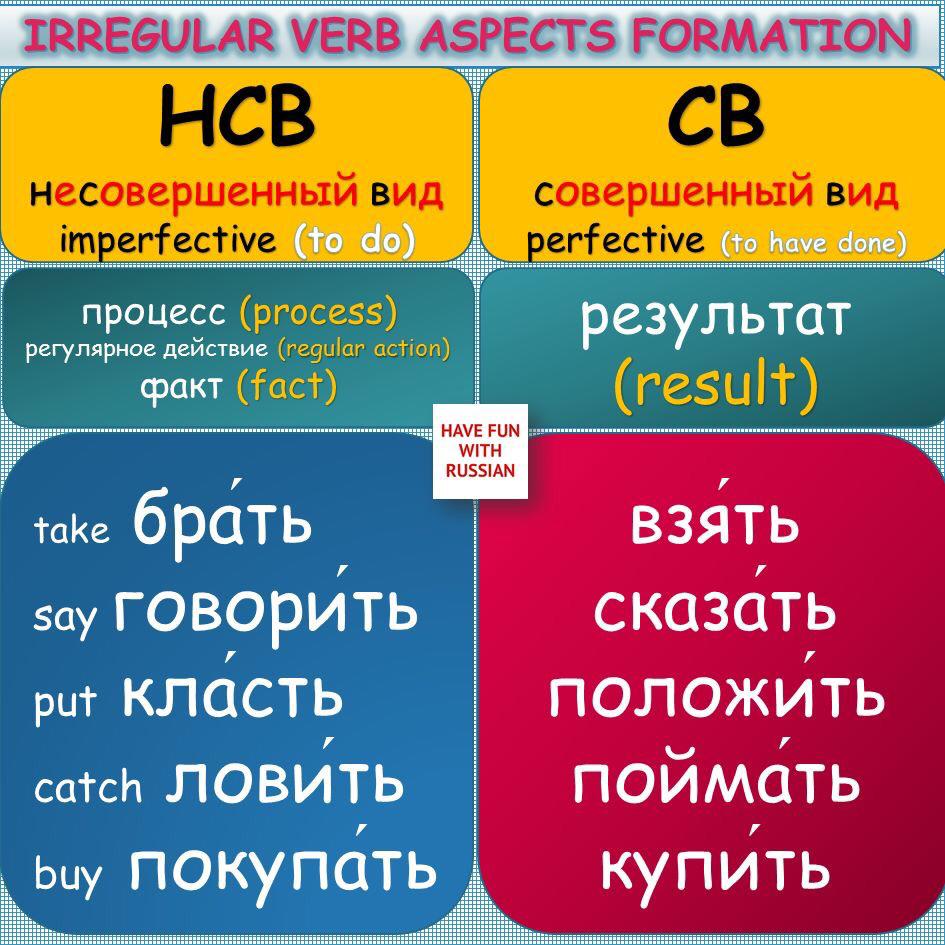Regular Russian Verbs
Russian grammar. In this section, you can find different materials devoted to Russian grammar rules. The articles of this section are grouped by parts of speech: noun, adjective, pronoun, numeral and verb.


Verbs of Motion in Russian. Russian verbs of motion belong to a special category of verbs used to describe the means of transportation or ways of movement.




All the irregular verbs of the English language. Conjugation, pronunciation, translation and examples.
Russian grammar employs an Indo-European inflexional structure, with considerable adaptation.. Russian has a highly inflexional morphology, particularly in nominals (nouns, pronouns, adjectives and numerals).

present past past participle * Could be conjugated as a regular verb clap clapt * (klapt) clapt * (klapt); After the lecture, the audience started clapping.: When the teen saw her gift, she clapped her hands in delight.


Conjugation of -er verbs, Subject pronouns This lesson will introduce you into French subject pronouns and teach how to conjugate French regular -ER verbs …
May 17, 2018 · 1913, Joseph C. Lincoln, chapter 1, in Mr. Pratt’s Patients: For a spell we done pretty well. Then there came a reg’lar terror of a sou’wester same as you don’t get one summer in a thousand, and blowed the shanty flat and ripped about half of the weir poles out of the sand.
Where 14,000+ colleges and 3.5 million users come to learn their verbs.
Dear learners of Russian, The University of Victoria, BC offers a unique opportunity to have your Russian language skills assessed and to receive internationally recognized Russian Language Proficiency Certificate issued …

Regular and irregular verbs. In the context of verbs, we use the term inflection to talk about the process of changing a verb form to show tense, mood, number (i.e. singular or plural), and person (i.e. first person, second person, or third person).